The Trophy
The World Cup itself. The greatest prize in football; a global, cultural icon; a misnomer for pedants (it’s not actually a cup).
There have been two trophies. The first was indeed a cup, originally called Victory before being renamed in 1946 to honour Jules Rimet, the FIFA President who initiated the competition.
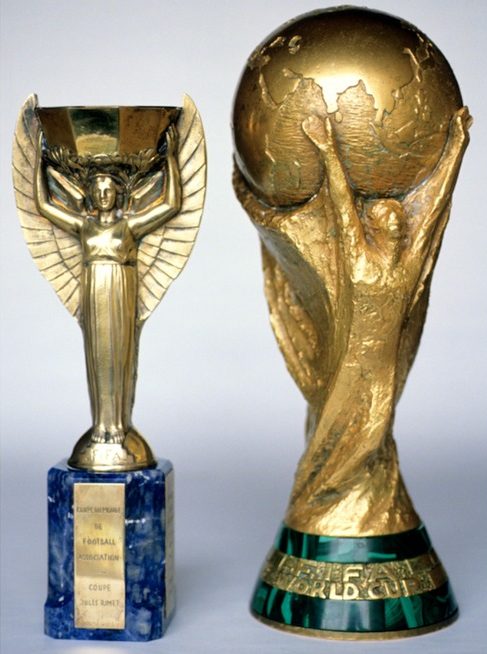
The original trophy depicted the winged figure Nike, Greek goddess of victory. It was made of gold-plated silver, initially with a marble base which was replaced with a lapis lazuli one in 1954.
Just before the 1966 World Cup (who won that one again?), the trophy was stolen before being famously retrieved by a dog named Pickles. For security, England’s Football Association made a replica in secret.
At the following World Cup in 1970, winners Brazil were awarded the trophy for keeps, which was then stolen in 1983. This time there was no Pickles and it has never been recovered. It is thought to have been melted down.
Until 2016 it was unclear whether it was the replica or the original that survived in the National Football Museum. Scientists at the University of Manchester solved the riddle by revealing its chemical composition using an X-ray scanner. They found evidence for tin and lead, but no silver, concluding it must be the replica.
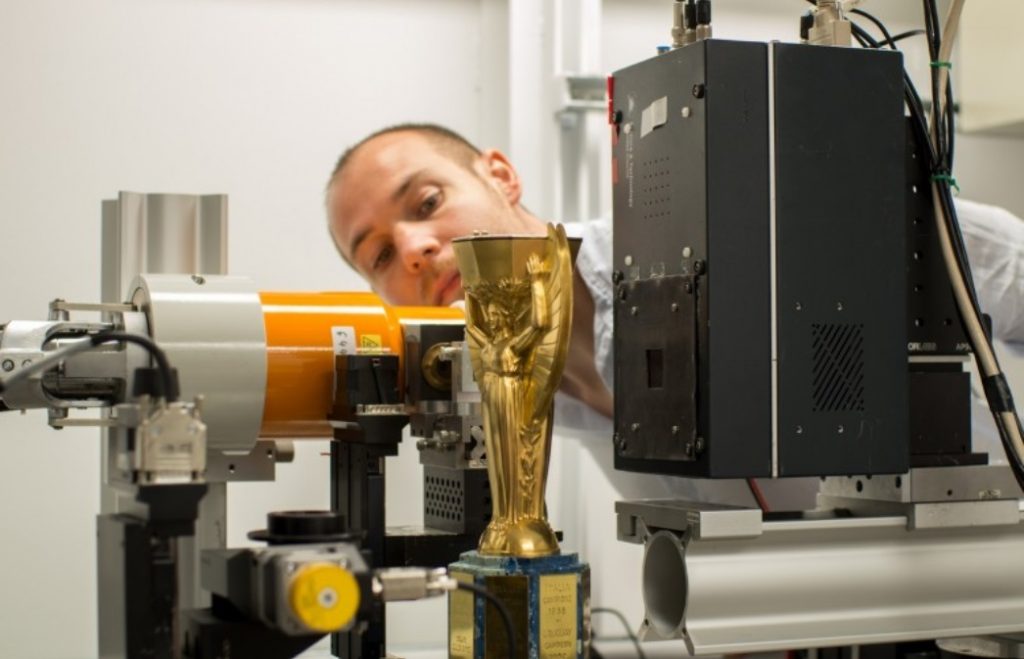
The current trophy, introduced in 1974, is made of 18 carat gold, and shows a football globe held up by a man and a woman. In a 2010 video, the chemist Martyn Poliakoff speculated that it must be mostly hollow, as a solid-gold trophy would weigh around 70kg and be too heavy for players to lift above their heads.
The trophy’s green bands are made from the mineral malachite, used since Antiquity in pigment paint and for decorative purposes.
An example of decorative malachite from the Science Museum Group collection is this armillary sphere, which illustrates the old earth-centred view of the cosmos – brass circles representing the sun and the moon rotate around the green malachite earth in the middle. It is the closest equivalent to the World Cup in our astronomy collections.
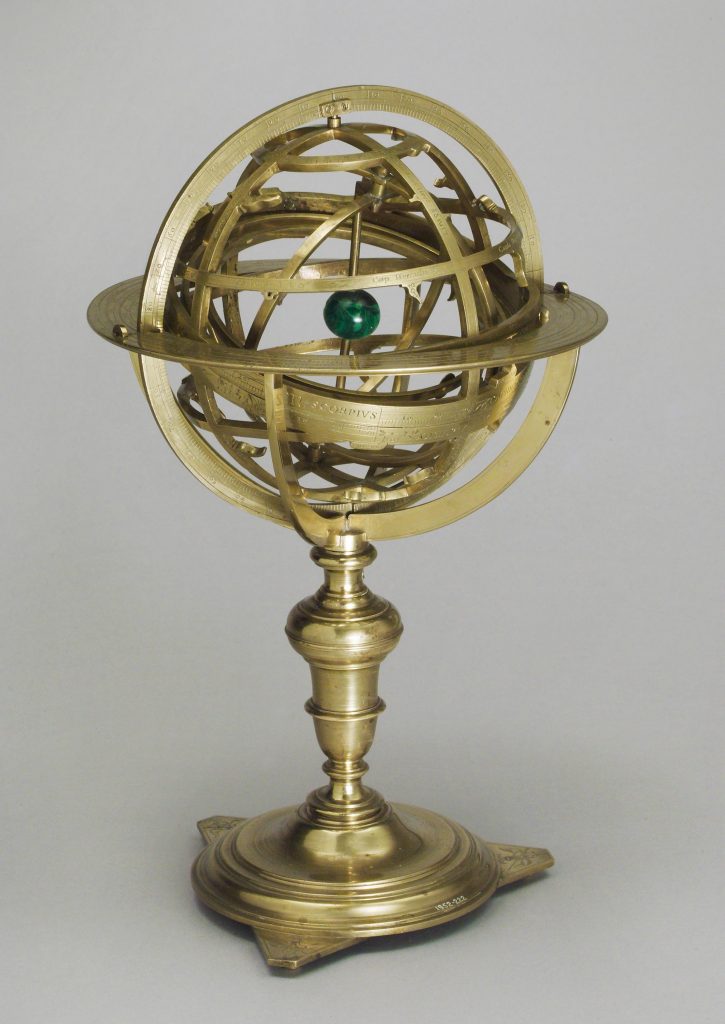
The Ball
The 1970s witnessed the introduction of synthetic materials in World Cup footballs, when Adidas became the sole manufacturer of the official balls. Their first ball for the 1970 World Cup in Mexico was the iconic Telstar, named after the series of spherical US communication satellites that broadcasted the World Cup over the globe.
The Adidas Telstar was the last fully-leather ball. Its successor, the Telstar Durast, featured a plastic polyurethane coating to make it water resistant as leather balls become heavy with rain.
The first entirely synthetic ball was the Adidas Azteca used at the 1986 World Cup in Mexico, featuring an Aztec-inspired design – the beginning of the trend to reflect an aspect of the host nation in the ball’s design.
The next biggest innovation in waterproofing came in 2006 when Adidas teamed up with Bayer, the German pharma and chemical giants, to patent a thermal bonding process that meant ball seams were heat sealed, rather than sewn. We have one of these balls in the collection.
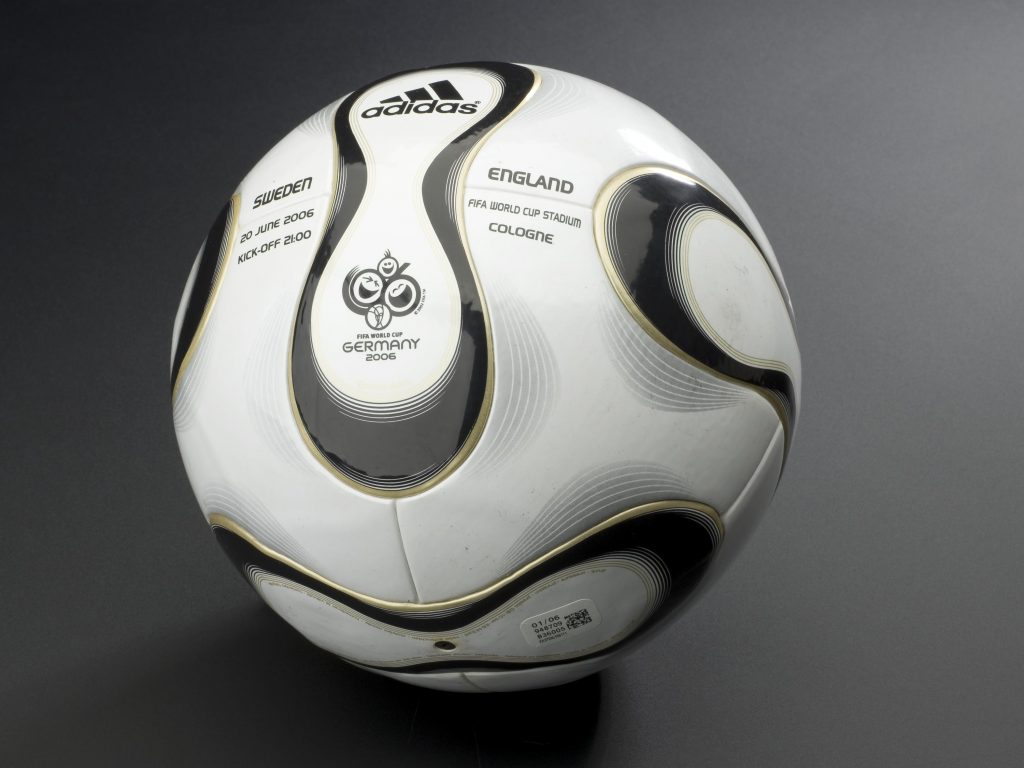
It also meant the balls could be almost perfectly spherical, influencing the flight of the ball. As Franz Beckenbauer, the former German World Cup winner said in 2006:
‘These are completely different materials that the scientists have come up with. Holding the ball in your hands, it feels completely different from the footballs of 40 or 50 years ago’.
The Kit
The World Cup kit has become a symbol of national identity, bringing colour to the competition. Some transcend nationhood for their sheer design beauty. The BBC recently hosted a World Cup of kits (shockingly Germany’s classy 1990s strip didn’t win).
The classic, garish and elaborate designs we know today were made possible by synthetic material. which arrived in the 1950s, kits having been made from wool and cotton prior to that. Aside from design and sponsorship, the main aims in improving shirt material has been to reduce heat and sweat.
In 2010 Nike struck upon a great idea both in terms of its PR and, more importantly, the environment: football kits made from recycled plastic bottles.
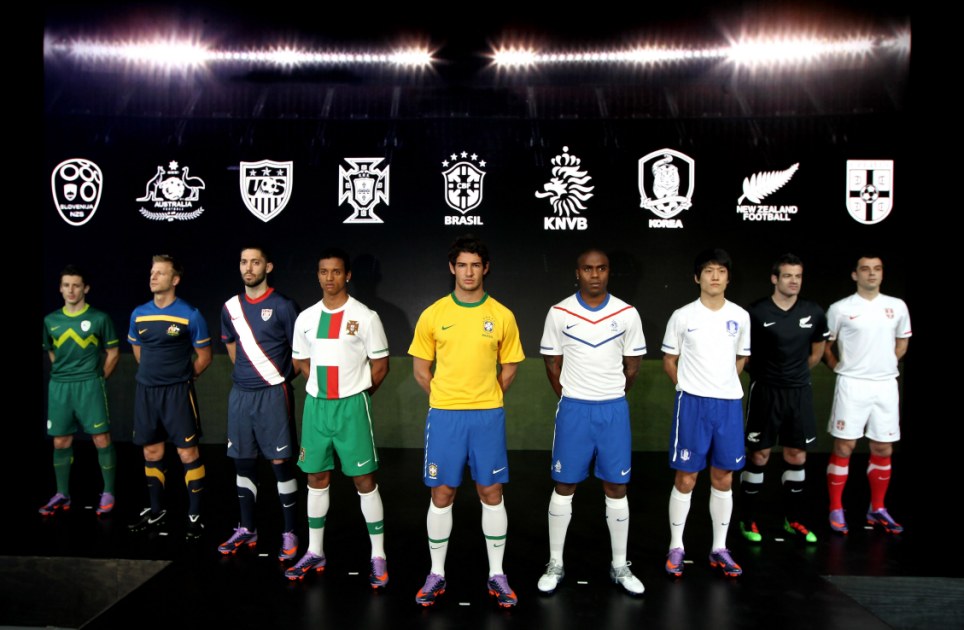
That year Brazil, The Netherlands, Portugal, USA, South Korea, Australia, New Zealand, Serbia, and Slovenia all had green (not literally) kits.
It seems they have adopted the practice since. England sported them in 2014, and now, most appropriately, the green-jerseys of Nigeria are made by this method, saving over 2 billion bottles going to landfill.
As we become more aware of the environmental threat of plastics, there is now a new pride in owning a completely rubbish kit.
Don’t miss our #WorldCupOfObjects where 32 objects will compete on Twitter at the same time as their respective nations meet on Russia’s football pitches. See the action live here.
